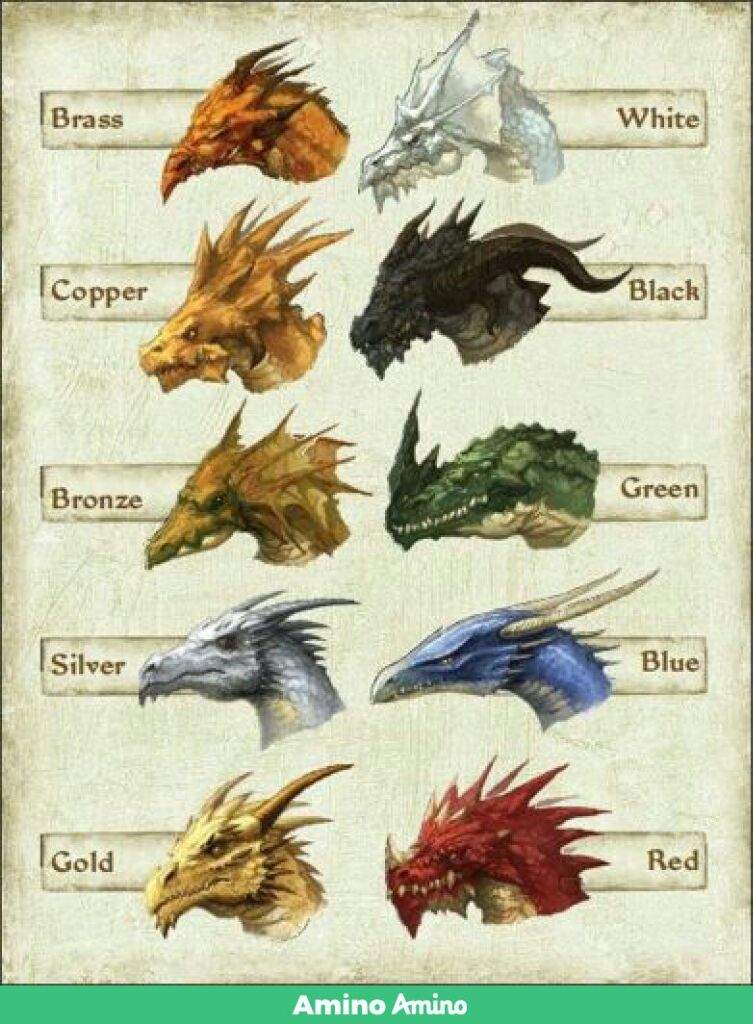In the realm of Dungeons & Dragons (DND), the importance of unique and captivating dragon names cannot be overstated. These names are not just mere labels; they encapsulate the essence of these majestic creatures, their histories, and their personalities. The right name can breathe life into your campaign, making encounters with dragons memorable for your players. Whether you are a seasoned Dungeon Master or a novice adventurer, understanding the intricacies of DND dragon names is essential for enhancing your storytelling experience.
In this article, we will explore the fascinating world of DND dragon names, diving into their significance, various naming conventions, and how to create your own unique names. We will also provide a comprehensive list of names to inspire you in your adventures. As we delve deeper into this topic, you will discover how to weave intricate narratives around these fearsome creatures, making your DND sessions even more engaging.
So, if you’re ready to unlock the secrets of DND dragon names, let’s embark on this journey together. With our extensive guide, you’ll be equipped to elevate your gameplay and craft unforgettable stories that resonate with your players. From classic names to creative variations, we’ve got it all covered!
Table of Contents
- The Significance of Dragon Names
- Naming Conventions in DND
- Types of Dragons in DND
- How to Create Unique Dragon Names
- List of DND Dragon Names
- Cultural Implications of Dragon Names
- Mythological Inspirations for Dragon Names
- Conclusion
The Significance of Dragon Names
Dragon names in DND serve multiple purposes that enrich gameplay and storytelling. Here are a few reasons why they are significant:
- Character Development: A dragon's name often reflects its personality, history, and alignment, providing deeper insights into the character.
- World-Building: Unique names contribute to the immersive experience of the game world, making it feel more alive and coherent.
- Memorability: A striking name can make a dragon encounter unforgettable, leaving a lasting impression on players.
Naming Conventions in DND
Understanding the naming conventions used in DND can help you create names that fit seamlessly into the game world. Here are some common conventions:
1. Draconic Language
Many dragon names are derived from the Draconic language, which is rich in syllables and often sounds powerful and majestic. For example, names like “Vermithrax” or “Zar’thul” reflect the guttural and flowing nature of Draconic.
2. Alliteration and Rhythm
Using alliteration or a rhythmic pattern can create names that are catchy and easy to remember. For instance, names like “Garruk the Glorious” or “Sythrax the Scorching” utilize this technique effectively.
3. Meaningful Components
Many dragon names include components that indicate their abilities or traits, such as “Frost” for ice dragons or “Fire” for fire dragons. This adds an additional layer of meaning to the name.
Types of Dragons in DND
DND features a diverse array of dragons, each with unique characteristics and lore. Understanding the types of dragons can aid in the naming process:
- Chromatic Dragons: These include red, blue, green, black, and white dragons, known for their evil tendencies and elemental breath weapons.
- Metallic Dragons: These dragons, such as gold, silver, and copper, are generally good-aligned and often serve as protectors of the realm.
- Gem Dragons: A newer addition to the DND pantheon, these dragons are known for their psionic abilities and unique colors.
How to Create Unique Dragon Names
Creating your own dragon names can be an enjoyable and creative process. Here are some tips to help you craft names that resonate:
1. Use Syllable Combinations
Experiment with different syllable combinations to create unique sounds. Mixing harsh and soft sounds can produce an interesting name.
2. Incorporate Elements
Consider incorporating elements that reflect the dragon's abilities, such as “Blaze” for a fire dragon or “Tempest” for a storm dragon.
3. Historical or Mythological Influences
Draw inspiration from historical or mythological figures. Many famous dragons in literature and mythology can serve as a basis for your creations.
List of DND Dragon Names
Here’s a curated list of DND dragon names to inspire your creativity:
- Vermithrax
- Sythrax the Scorching
- Blazefur
- Garruk the Glorious
- Frostfire
- Tempestwing
- Emberclaw
- Shadowscale
Cultural Implications of Dragon Names
Dragon names can reflect the cultures and societies from which they originate. Different regions may have unique naming conventions based on their beliefs and traditions. Understanding these cultural implications can add depth to your campaign.
Mythological Inspirations for Dragon Names
Many dragon names in DND draw from various mythologies around the world. Here are some examples:
- Fafnir: A dragon from Norse mythology known for its greed and transformation from a dwarf.
- Typhon: A monstrous figure in Greek mythology associated with storms and chaos.
- Leviathan: A sea monster from biblical texts, often depicted as a dragon or serpent.
Conclusion
In summary, DND dragon names are a powerful tool that can enhance the storytelling experience and immerse players in the game world. By understanding their significance, naming conventions, and types of dragons, you can create unique names that resonate with your players. Whether you’re a Dungeon Master crafting a campaign or a player seeking to name your dragon companion, this guide provides the tools you need to unleash your creativity.
We invite you to share your thoughts in the comments below, and don’t hesitate to explore our other articles for more tips and tricks to elevate your DND gaming experience!
Thank you for reading! We hope to see you again soon for more exciting content.
Schavaria Reeves: The Rising Star In The Entertainment Industry
Kpop Fandom Names: Understanding The Heart Of K-Pop Culture
Really Hard Riddles: Test Your Wits And Challenge Your Mind


